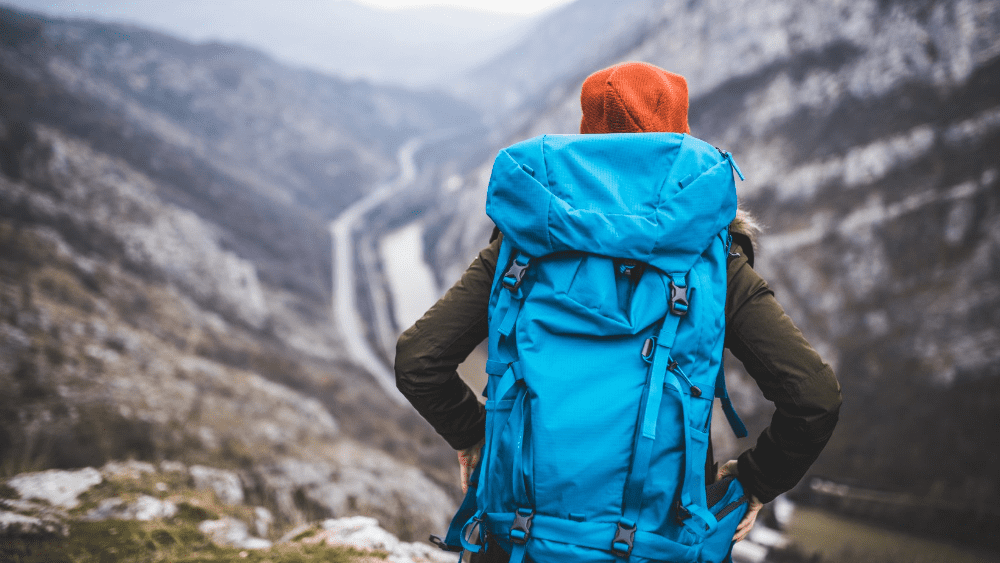So, you’re thinking about going on your first multi-day hike, or might even have one already in the books.
In all likelihood, you’re brimming with questions and concerns about how to stay safe, and what to take with you on your next adventure.
Well, you’ve come to the right place – we’ll guide you through everything you need to know about multi-day hikes, from what to take, to how you should be training (spoiler: it’s not all two-hour-long sessions on the stair climber at the gym).
Read on to learn about all the art and science of pulling off a great multi-day hike.
What Is a Multi-day Hike?
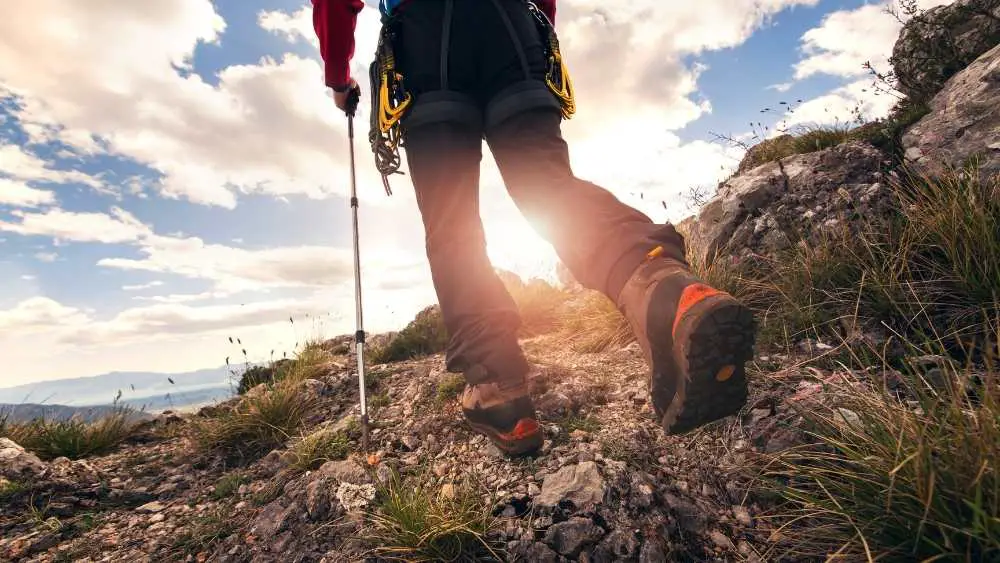
The clue is in the name with a multi-day hike – it’s a trekking adventure that stretches over a series of days, blending camping and hiking together for a true outdoors experience.
Individual definitions of a multi-day hike differ from person to person. Generally, multi-day hikes fall into the category of ‘long-distance hikes’, where a backpacking journey lasts two or more consecutive nights, with a larger goal of completing a specific trail.
Base camp hiking also fits into the category of multi-day hiking as well – wherein participants backpack to a base camp location, set up their campsite, and then use the same site to come back to every night.
On a multi-day hike, you want to be covering at least five to seven miles a day, but you can go above this number – just make sure you’re not going too hard, as you’ll end up exhausted early on.
Though many hikers seem to be chilled, take-it-as-it-comes type people, who are winging all their adventures, every hiker worth their salt will tell you that the key to having a good hiking experience is thorough planning ahead.
This is of particular importance on long-distance, multi-day hikes.
What to Bring on a Multi-day Hike?
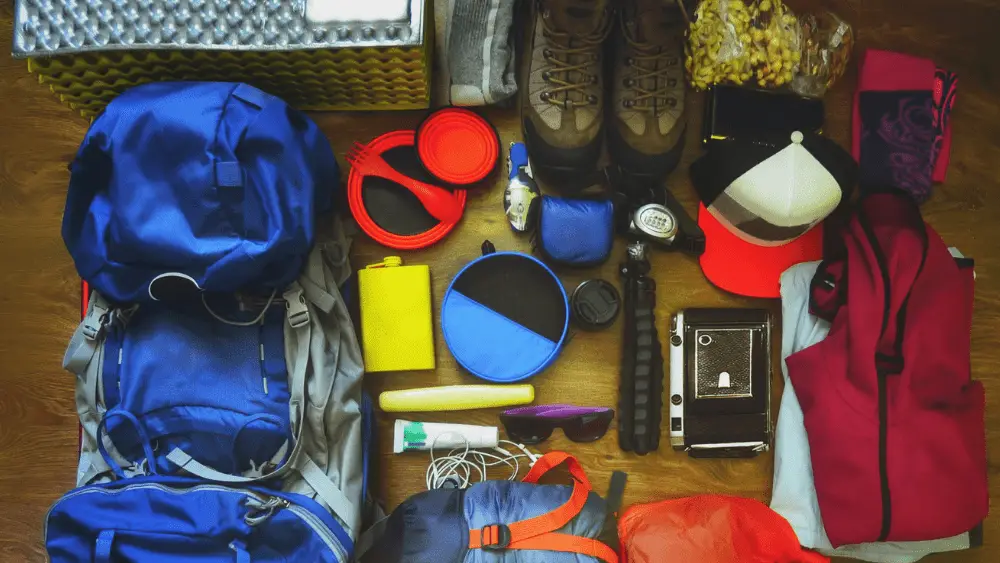
There are a lot of things to bring with you on a multi-day hike – remember, you’re essentially living out of your backpack.
Much of what you need to take with you is dependent on where you’ll be hiking – walking Matchu Pitchu will need a different set of equipment for long-distance hikes in California.
This is a list of absolute necessities for any multi-day hike, so you can make sure that you have the best time possible, regardless of where you’re exploring:
- Backpack = if you’ve been on day hikes, you’ve likely already got a decent backpack, but if you’re planning a tougher hike, consider upgrading for comfort, and to avoid back problems.
- Clothing = opt for comfortable, climate-appropriate clothes. Our top tip; avoid clothing made from natural, moisture-absorbing materials, like cotton, as it will increase weight and can lower your body temperature in windy locations.
- Waterproof jacket = take one of these, regardless of forecast – better safe than soggy.
- Seasonal extras = from UV protection to gloves and heat pads, there are things you need to take that are dependent on weather conditions. Make sure you have them all!
- Sleeping bag, mat, and tent = clearly, these are essential for overnight hikes, but there is a balancing act between comfort and convenience. Choose a light sleeping bag that is still thick enough and good quality enough to keep you warm (this depends hugely on climate). Down bags are good but don’t write off synthetic bags, especially if you’re expecting inclement weather. Sleeping mats/pads aren’t a strict necessity but can prevent you from getting stiff on a multi-day hike. We strongly suggest one, especially if you’re planning on hiking for 3+ days.
- Toiletries = though you probably can’t fit all your usual toiletries in your backpack (and you likely won’t have a shower to use them in). We think the essentials are toilet paper, toothbrush, toothpaste, hand sanitizer, and a non-toxic bar of soap that can be used on your face, hands, pots, and pans.
- Map and compass = for navigation (just make sure you know how to use them).
- First Aid/SOS = you need a simple first aid kit (think painkillers, Neosporin, and bandages, as well as much-needed blister plasters). Secondly, special SOS tools that can send off a signal regardless of phone signal, are a good idea, so that if an accident does happen, people will be able to find you.
- Boots = finally, the hiker’s best friends, a good pair of supportive, comfortable walking boots is an absolute must for a multi-day hike. Trainers probably won’t cut it over multiple days of rugged terrain, so invest in a quality pair of boots that will last.
How to Train for a Multi-day Hike?

Try to replicate the conditions of your hike as well as doing the distance walking training. If you only train in the gym, or your workouts consist of running through a flat urbanscape.
Even if you have good enough cardiovascular fitness, the different experiences of a long hike might leave you exhausted if you’re not acclimated to it.
Find out – Is hiking good cardio?
Do shorter, preparatory hikes, that mirror the same conditions, in altitude, elements, and terrain.
If you arrive in the area a couple of days before you begin your hike, spend the time doing some light and moderate activity training so that your body acclimates to the conditions, and you don’t struggle with shock when you actually being your multi-day hike.
Another thing to consider when training before your big hike is whether you’re going to taper your training before going.
A ‘taper’ refers to the training practice of reducing the frequency and strenuousness of training exercise in the time period before an important event.
Tapering exercise is customary in many endurance sports, such as long-distance running, triathlons, and endurance swimming, so why shouldn’t multi-day hikes, which are a huge feat of endurance, be the same.
We suggest that you reduce your training before a big hike so that you can rest up before your big adventure.
By how much depends on your experience level, and how often you do multi-day hikes, as well as personal factors, like fitness level, and who you’re planning on hiking with.
If you’re doing a multi-day hike once a month, then a two-week long taper will probably leave you worse off than you started.
Tapering training is a balancing act, between feelings of unpreparedness, and becoming overtrained. We recommend slimming down workouts and doing lighter training for around five days before you begin your hike.
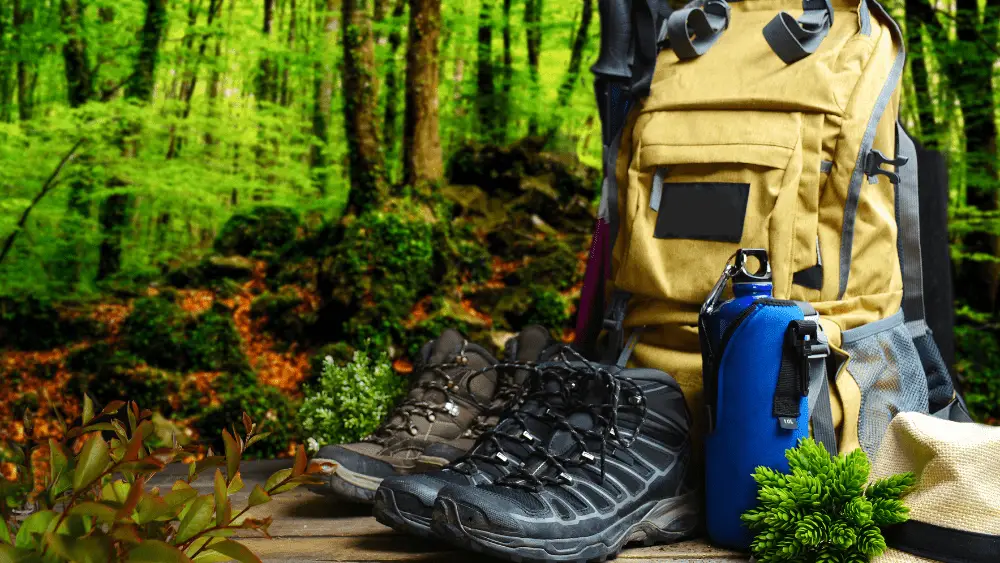
How Much Water for a Three-day Hike?
Check if the trail you plan on following has locations along the way to refill your bottle. If it doesn’t, you’ll need ample space in your backpack for your water supply.
The amount of water you will need for a three-day hike will depend on a lot of things like terrain, distance, climate, and time.
We suggest you will need around 10 liters for a three-day hike – though this can change, and is just guidance. Consider carrying a water filter/purification device so that you can fill up your bottles with clean water along the journey.
Another good thing to do before a long hike is to pre-hydrate and get a head start on the water before you begin hiking.
Drink about a liter of water before setting off, so that you’ll be well hydrated, and have to carry less weight on your back.
What to Eat on a Multi-day Hike?
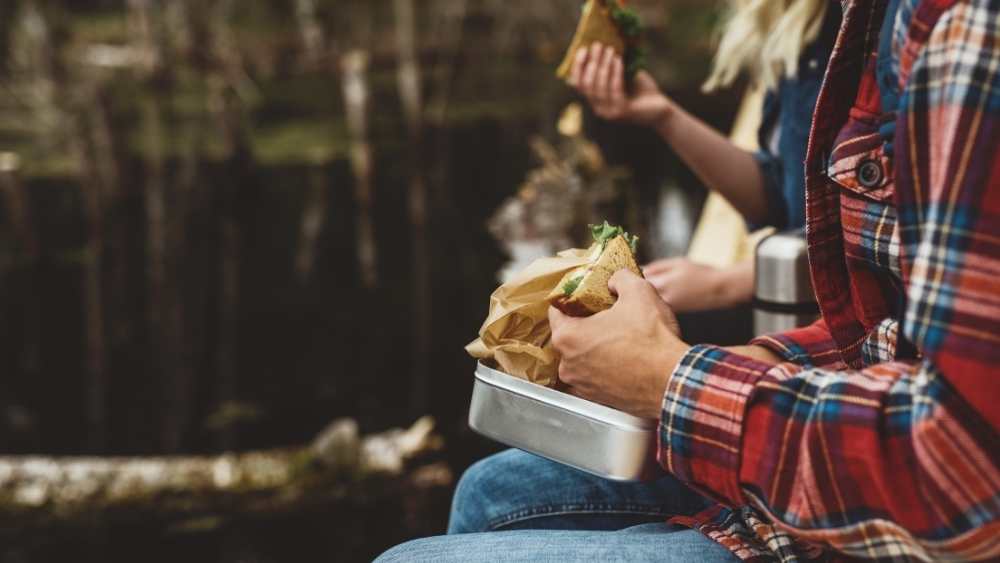
Chocolate and Energy Bars
While they shouldn’t be your main energy source, quick, individually wrapped snacks can be great to take on a hike.
They have a high sugar content, which gives you a quick energy boost to get you through a rough patch in a hike, so really consider taking a few of these with you
Nuts and Seeds
Energy, carbohydrate, and energy-dense, nuts and seeds are great to take on hikes. Healthy and satisfying, they will help power you through a long hike with a slow release of energy.
Instant Coffee and Creamer
Inevitably, you’ll wake up at your camp hankering after a simple cup of joe to fuel you through your pack up and day’s hike.
Take a few sachets of instant powder coffee and shelf-stable creamer so that you feel right at home (and fully caffeinated).
Pasta
A hiker’s classic, both dry and prepared pasta is great to take along a trail. Cook up a batch of pasta pesto to eat on your first day of the hike, and take dry with you for future meals along the way. The carb-dense food is perfect to keep you powering through.
Fruit
Though, fruit salad won’t stay fresh for more than the first day, so you need to take things that will.
Bananas, with their thick skin, are great for hiking – just make sure that you pack them near the top of your bag, there’s nothing worse than squished-up banana goop all over your sleeping bag.
We also suggest fruit and veg puree in little pouches (much like baby food), is a great way to get all your vitamins and minerals in.
